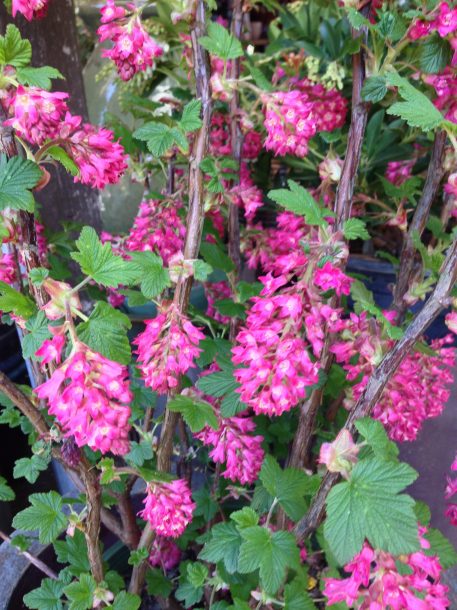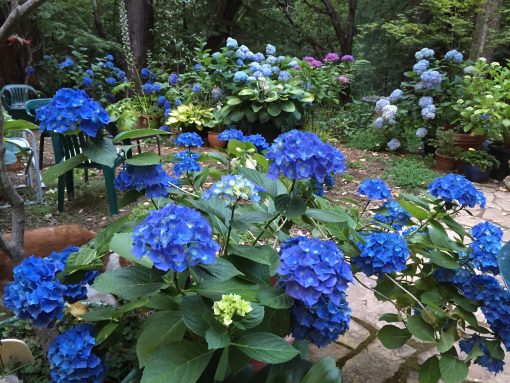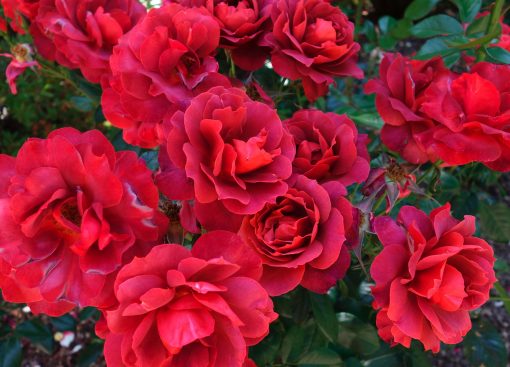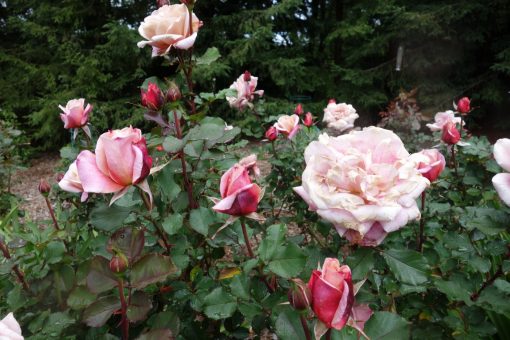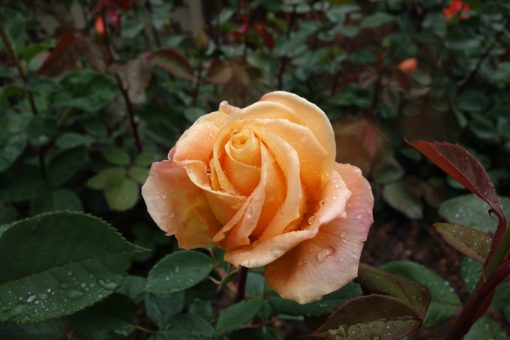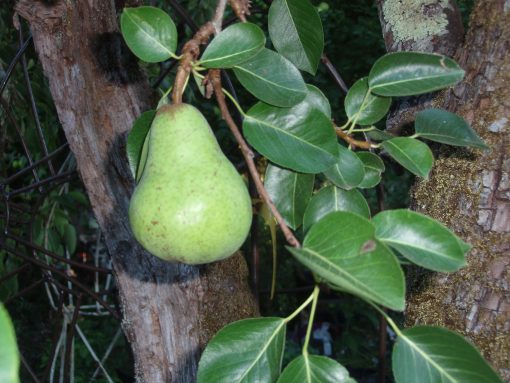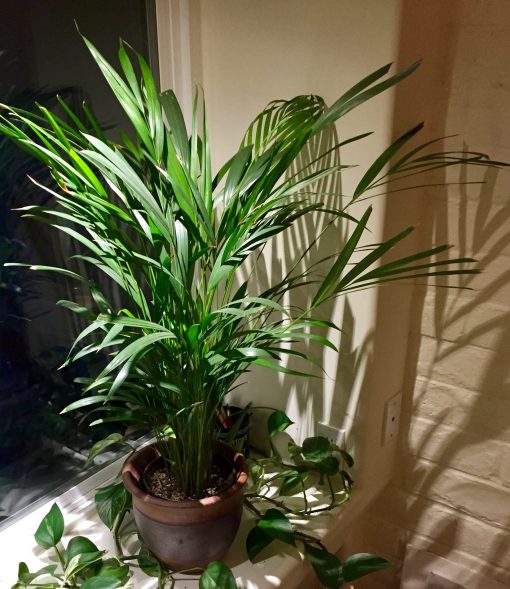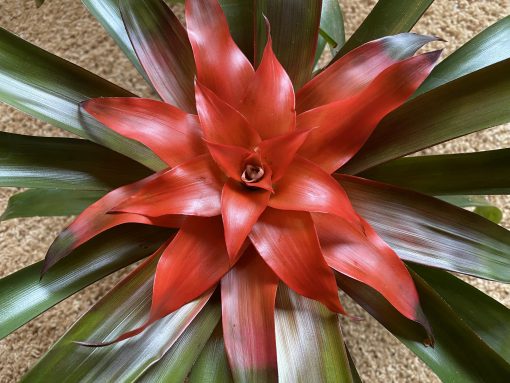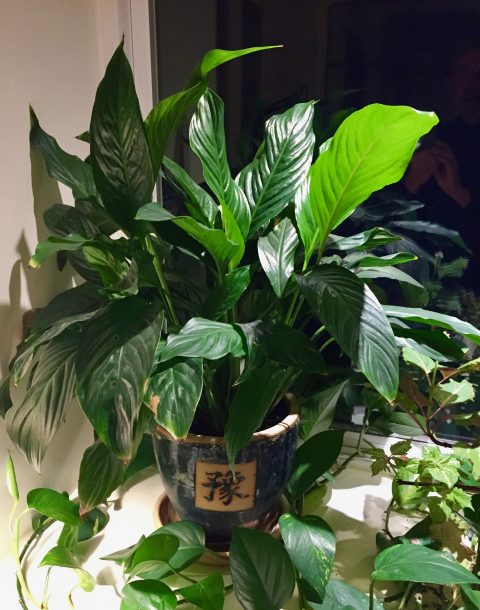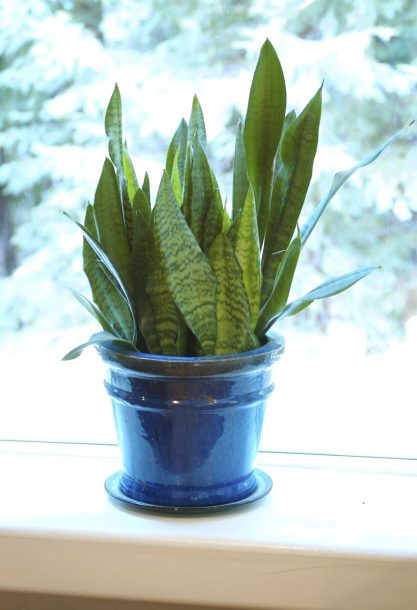Several of my friends suffer from allergies nearly year round starting in January. Most of us don’t notice the amount of pollen in the air even when it’s cold but my friends sure do.

Everybody blames the Acacia tree for their allergies but they are not the real culprits for the allergy sufferer. Redwood pollen is dispersed at this time of year. Strong winds can cause the yellow redwood “flowers”, which are actually the flowers of the male cone, but boy can they put out the pollen. And because redwoods live in such a narrow band of coast line, there is no allergy shot for those highly affected by them. But back to what you can do in your yard if you suffer from allergies.
Yes, the acacia trees are in full bloom. Being one of the first flowering trees we see they get our attention. Blooming acacias are often blamed as the cause of allergic reactions at this time of year but acacias are largely pollinated by insects and their heavy pollen doesn’t tend to become airborne. It’s the non-showy, quiet plants you have to watch out for. If you’re an allergy sufferer some plants are worse than others for you.
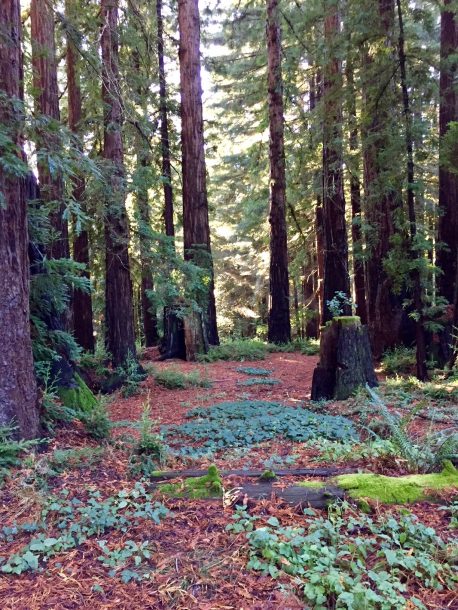
According to historical records for our area the pollen count is mostly moderate in February. Depending on the weather, www.Pollen.com and www.Pollenlibrary.com show medium high counts only for a few days this month. If you’re an allergy sufferer you don’t need a website to tell you what the count is. Our native red alder is in bloom now and it, along juniper and birch, are the main culprits at this time. Grasses, ragweed and other weeds and most trees bloom and shed pollen in March, April and May. Then comes summer, then fall and with it other problems for the allergy sufferer. To further complicate and make matters worse for the allergy sufferer, climate change is making pollen season longer and more intense. You can’t control what’s growing outside your own yard but here are some tips for what to plant and not plant in your garden.
About 25-30 popular landscape plants are responsible for the majority of plant-related allergies in California. During the height of the pollen season- from late February to June- there are often thousands of pollen grains in every cubic meter of air. One can breathe hundreds of them with every breath. Though pollens can travel many miles, the majority tend to stay in the general area of their origin.
Redwoods, oaks, alders, ashes and other wind pollinated trees like olives, birch, box elder, cypress, elm, juniper, maple, fruitless mulberry, pine, walnut, willow and privet are the major source of spring pollen. Most native plants are good in the sneezeless landscape but if you have bad allergies or asthma it best to avoid wind-pollinated ceanothus, elderberry and coffeeberry.
You may not be able to avoid those culprits growing on other properties but you can get the most out of your own backyard by creating a sneezeless landscape. Replacing existing plants may be impractical but planning future plantings with these things in mind will save you a lot of headaches down the road and let you enjoy the sunshine outside in your garden.
Flower type is a good way to judge plants. The best looking flowers usually cause allergy sufferers the fewest problems. Plants with bright, showy flowers are usually pollinated by insects, rather than by the wind. These flowers produce less pollen and their pollen is larger and heavier, sticking to the insect rather than becoming airborne and lead to sneezing, a runny nose and watery eyes.
Some trees that are good for anti-allergy gardens are apple, cherry, dogwood, magnolia, pear and plum. Shrubs like azaleas, boxwood, lilac, rose-of-Sharon, hydrangea and viburnum are also not likely to cause problems. Good flower choices include alyssum, begonia, clematis, columbine, bulbs like crocus, daffodil, hyacinth. Also good are dahlia, daisy, geranium, hosta, impatiens, iris, lily, pansy, petunia, phlox, roses, salvia, snapdragon, sunflower, verbena and zinnia. Lawns of perennial rye grass, blue grass and tall fescue blends are usually OK as they will not flower unless allowed to grow to 12 inches or higher. Bermuda grass, on the other hand, can pollinate when the lawn is very short, sometimes as quickly as a few days after mowing.
We don’t know what’s going to happen rain-wise for us this spring. Symptoms can become worse for the allergy sufferer if the body reacts to the disappearance of the pollen following its initial appearance only to have to have more of it later in the spring. According to Dr. Stanley Fineman, an allergist with the Atlanta Allergy and Asthma Clinic, “You become sensitized to it, so when you’re…re-exposed, you can get an even more violent allergic reaction.”
Here’s to a sneeze-less spring for you allergy sufferers

